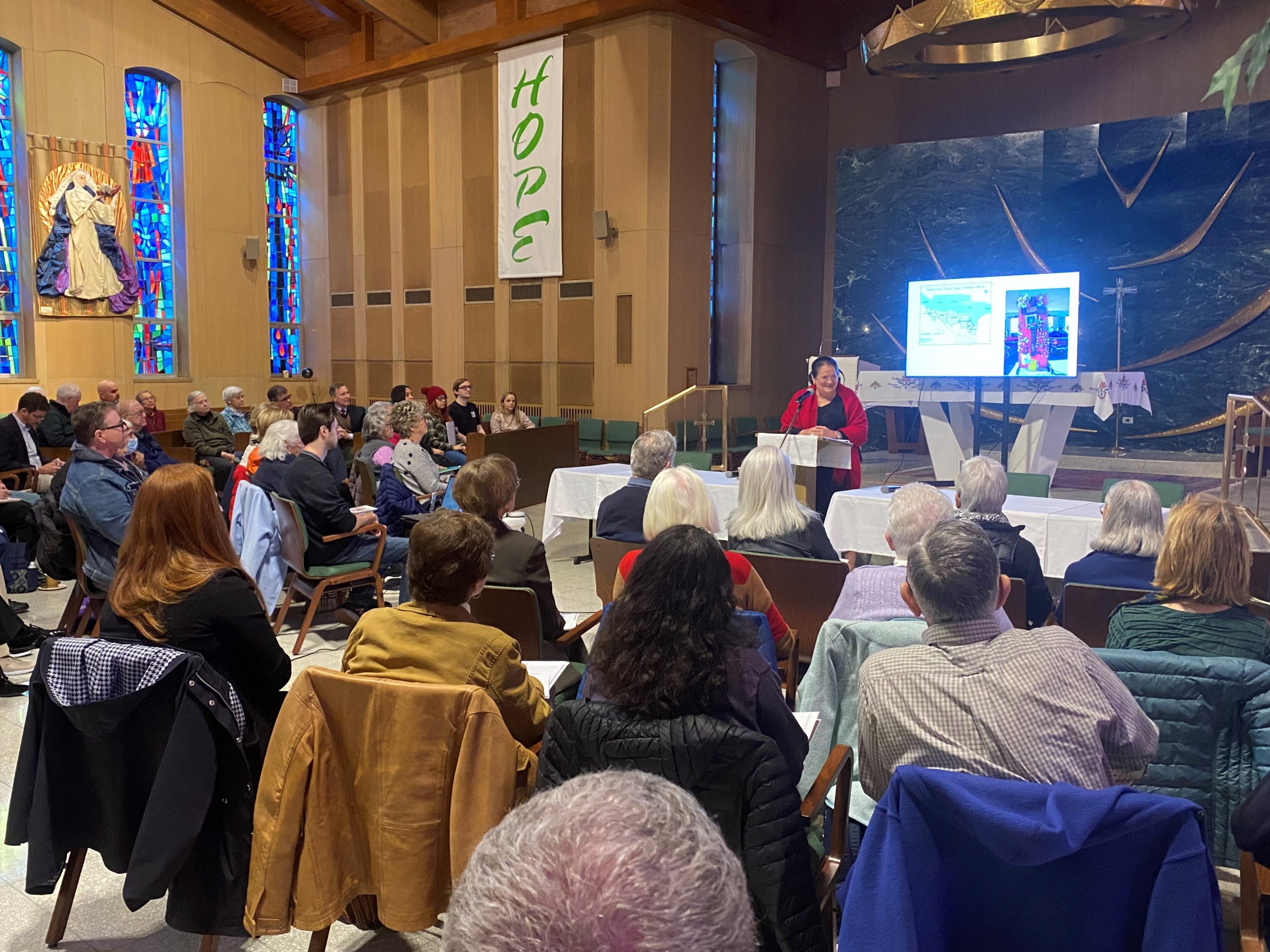SAG-AFTRA Joins WGA: The Complete Hollywood Strike Explained

Table of Contents
The WGA Strike: A Recap of Key Demands
The WGA strike, which began in May 2023, centers around several crucial demands aimed at addressing the changing dynamics of the entertainment industry.
Fair Wages and Residuals
The shift from traditional broadcast models to streaming has dramatically impacted writers' compensation. Streaming platforms often pay significantly less in residuals compared to network television. This means writers, who once earned substantial income from syndication and rerun royalties, are now receiving a fraction of what they previously did.
- The Streaming Shift: The rise of streaming services has fundamentally altered the television landscape. Traditional syndication deals, which provided writers with substantial backend revenue, are largely absent in the streaming model.
- Residual Decline: Reports indicate a drastic decline in writer's residuals, with some sources suggesting a drop of over 50% in income compared to the network television era. The WGA is pushing for a fairer system that accounts for the significant revenue generated by streaming platforms.
- WGA Proposals: The WGA has proposed various solutions, including a fairer formula for calculating residuals based on streaming viewership and revenue. They also advocate for increased minimum payments for writing assignments.
Minimum Staffing and Working Conditions
The WGA also highlights concerns about the increasing pressure on writers due to understaffing in writers' rooms. Long hours, inadequate support, and intense pressure negatively impact the quality of work and the overall well-being of writers.
- Understaffed Writers' Rooms: The trend towards smaller writers' rooms has led to increased workloads for individual writers, often resulting in burnout and compromised creative output.
- Impact on Quality: Understaffing often leads to rushed scripts, reduced creative brainstorming sessions, and an overall decline in the quality of television and film.
- WGA Proposals: The WGA is pushing for minimum staffing levels in writers' rooms, ensuring adequate support for writers and a more sustainable working environment.
AI and its Impact on Screenwriting
The rise of AI writing tools poses a significant threat to the livelihood and creativity of screenwriters. The WGA is demanding safeguards against the misuse of AI to replace human writers.
- Ethical Concerns: The use of AI to generate scripts raises ethical questions regarding authorship, originality, and the potential for job displacement.
- Job Displacement: There are concerns that AI could be used to automate aspects of screenwriting, potentially reducing the demand for human writers.
- WGA Regulations: The WGA is requesting clear regulations regarding the use of AI in screenwriting, ensuring that human writers retain control over their creative work and are not unfairly replaced by technology.
SAG-AFTRA Joins the Fight: Actors' Key Grievances
The SAG-AFTRA strike, announced in July 2023, shares many concerns with the WGA, but also adds specific grievances relevant to actors.
Fair Compensation and Residuals in the Streaming Era
Similar to writers, actors are experiencing a significant decline in residuals due to the shift towards streaming. The payment structures often fail to reflect the widespread viewership and profitability of streaming platforms.
- Streaming Residuals Disparity: Actors often receive significantly less in residuals from streaming platforms compared to traditional television and film releases, despite the massive reach and profits of these services.
- Specific Examples: The WGA and SAG-AFTRA have cited specific examples of shows and films with massive streaming success that have yielded minimal compensation for actors and writers.
- Demand for Fairer Payment: Both unions are demanding a more equitable system that reflects the revenue generated by streaming platforms and fairly compensates performers for their work.
Self-Tape Auditions and Exploitation
The increasing reliance on self-tape auditions presents significant challenges for actors. These auditions often require actors to invest their own time, resources (equipment, space), and money without adequate compensation.
- Cost Burden on Actors: Actors must often invest in equipment, lighting, and even professional filming services to produce high-quality self-tapes, incurring significant costs.
- Time Commitment: The preparation and execution of self-tapes can be time-consuming, potentially cutting into an actor's ability to pursue other opportunities.
- SAG-AFTRA's Concerns: SAG-AFTRA is pushing for fairer regulations regarding self-tape auditions, potentially including minimum compensation or standardized guidelines to mitigate exploitation.
AI and its Impact on Actors' Performance
SAG-AFTRA expresses significant concern about the potential misuse of AI to replace actors or alter their performances without consent or compensation.
- Deepfakes and AI Replication: AI technology enables the creation of deepfakes or the replication of actors' likenesses, which could be used to replace actors without their knowledge or permission.
- Loss of Control: The use of AI to manipulate actors' performances raises concerns about actors' control over their image and likeness.
- SAG-AFTRA's Demands: SAG-AFTRA is pushing for clear guidelines and protections against the unauthorized use of AI to replicate or replace actors' performances.
The Impact of the Double Strike on Hollywood
The simultaneous WGA and SAG-AFTRA strikes have had a profound impact on the entertainment industry.
Production Shutdowns and Delays
The double strike has brought nearly all major film and television productions to a complete standstill.
- Major Productions Affected: Numerous high-profile movies and television shows have been impacted, leading to significant production delays and potential budget overruns.
- Financial Losses: The strike is costing the industry billions of dollars in lost revenue, affecting studios, production companies, and countless individuals working in the industry.
- Uncertainty for the Future: The length of the strike remains uncertain, creating anxiety and uncertainty for everyone involved in film and television production.
Economic Consequences for Related Industries
The impact extends far beyond the studios and production companies. Businesses that rely on the entertainment industry, such as catering services, transportation companies, and hotels, are also feeling the strain.
- Ripple Effect: The strike's economic impact spreads across numerous related industries, resulting in job losses and financial hardship for many.
- Examples of Affected Businesses: Catering companies, location scouts, transportation providers, and hotels are just a few examples of businesses directly affected by the production shutdowns.
- Economic Statistics: While exact figures are still emerging, initial reports suggest significant job losses and economic disruption in related industries.
Public Opinion and Support for the Striking Unions
Public opinion largely supports the striking unions, understanding the issues of fair compensation and the impact of technology on creative jobs.
- Public Sympathy: The public is largely sympathetic to the actors and writers, recognizing the unfairness of the current compensation models in the streaming era.
- Potential for Increased Support: The strike has the potential to garner even greater public support, especially if the studios are seen as being unreasonable in negotiations.
- Potential Backlash: Conversely, a prolonged strike could potentially lead to some public backlash, depending on how the situation unfolds.
Potential Outcomes and Future Negotiations
The future of the strike remains uncertain, with several potential outcomes.
Possible Scenarios
Several scenarios are possible, ranging from a swift negotiated settlement to a protracted strike lasting several months.
- Negotiated Settlement: A negotiated settlement that addresses the key concerns of both unions could bring a relatively quick end to the strike.
- Prolonged Strike: A protracted strike could lead to significant financial losses and further damage the relationship between the studios and the unions.
- Other Possibilities: Other possibilities, such as partial settlements or concessions from either side, remain on the table.
The Long-Term Implications for the Entertainment Industry
The outcome of this strike will likely have far-reaching implications for the entertainment industry.
- Changes in Labor Practices: The strike could lead to significant changes in the way actors and writers are compensated and treated in the future.
- New Compensation Models: The negotiations may result in the development of new compensation models that better reflect the realities of the streaming era.
- Regulations on AI: The strike could lead to regulations on the use of AI in the entertainment industry, safeguarding the rights and livelihoods of creative professionals.
Conclusion
The combined SAG-AFTRA and WGA strike represents a pivotal moment for the entertainment industry. The core issues – fair compensation, protection against AI, and improved working conditions – highlight the need for fundamental changes in how creative professionals are treated in the streaming era. Understanding the intricacies of the SAG-AFTRA strike and the WGA strike, alongside their combined impact, is crucial for anyone involved in or following the entertainment industry. Stay informed about the ongoing negotiations and the potential long-term consequences of this historic double strike. Continue to follow updates on the Hollywood strike to stay abreast of this evolving situation.

Featured Posts
-
 Chinas Automotive Market Obstacles And Opportunities For Premium Brands Bmw Porsche
Apr 24, 2025
Chinas Automotive Market Obstacles And Opportunities For Premium Brands Bmw Porsche
Apr 24, 2025 -
 Reduced Spending A Challenging Outlook For The Credit Card Industry
Apr 24, 2025
Reduced Spending A Challenging Outlook For The Credit Card Industry
Apr 24, 2025 -
 Trump Reassures Markets No Plans To Dismiss Fed Chair Powell
Apr 24, 2025
Trump Reassures Markets No Plans To Dismiss Fed Chair Powell
Apr 24, 2025 -
 Pope Francis Legacy A More Global Yet Divided Church
Apr 24, 2025
Pope Francis Legacy A More Global Yet Divided Church
Apr 24, 2025 -
 Nba All Star Game Draymond Green Moses Moody And Buddy Hield Participate
Apr 24, 2025
Nba All Star Game Draymond Green Moses Moody And Buddy Hield Participate
Apr 24, 2025
